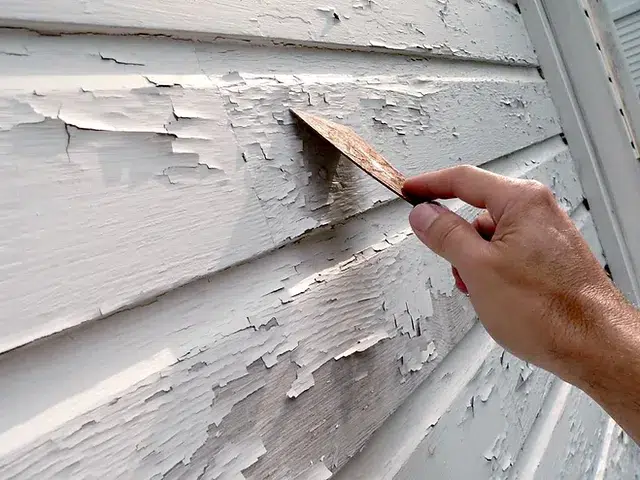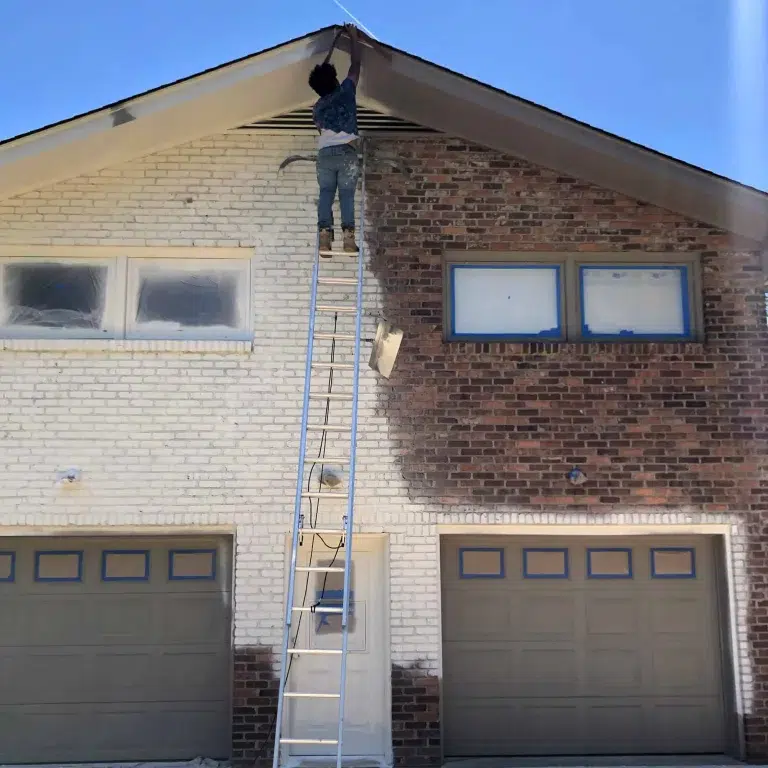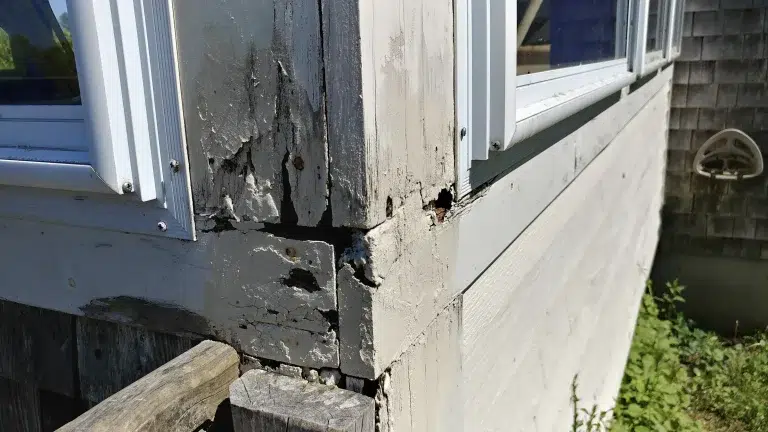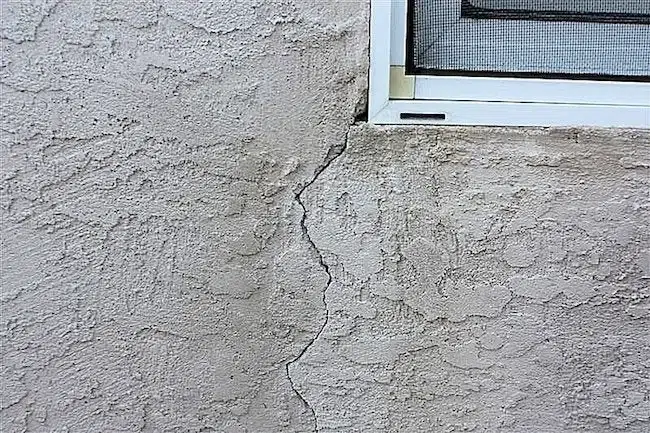Pressure Washing, Soft Washing, Scraping, Sanding: Which One Is Best?
You might be asking yourself: “Should painters pressure wash or sand my house before painting it”? Would pressure washing gauge the wood? Can chemicals be applied as well as pressure washing? Let’s take a closer look at these questions, and provide an in-depth answer.
What to Expect When Painting Your House
Exterior painting for previously painted surfaces should always start with cleaning the surface and removing loose peeling paints or stains. Then apply the correct primer and apply specific finishes that are recommended for the surface that is being painted.
High-pressure washing, low pressure washing, or hand washing are typically used to clean the surface. Different surfaces will require different washing procedures. After the surface is clean of mold and dirt, the surface can be prepared for paint. A second washing after the surface has been scraped and sanded may be needed depending on the amount of dust that is created during the preparation phase of the job. Let’s take a look at the different preparation steps.
Pressure Washing
Preparing the surface will ensure a long-lasting paint job. Before you paint, a professional pressure wash will clean the surface and remove oxidized surfaces so that the new paint coating can easily stick.
Typically houses become dirty, so it is essential to do a pressure wash before painting. If the surface still has contamination, oxidation, or dirt, you will not get a thorough bond between the exterior materials (siding, wood, etc.) and the new paint. Despite how nice the paint looks initially, it will crack and peel over time. Then the paint job needs to be redone, which can be expensive and inconvenient.
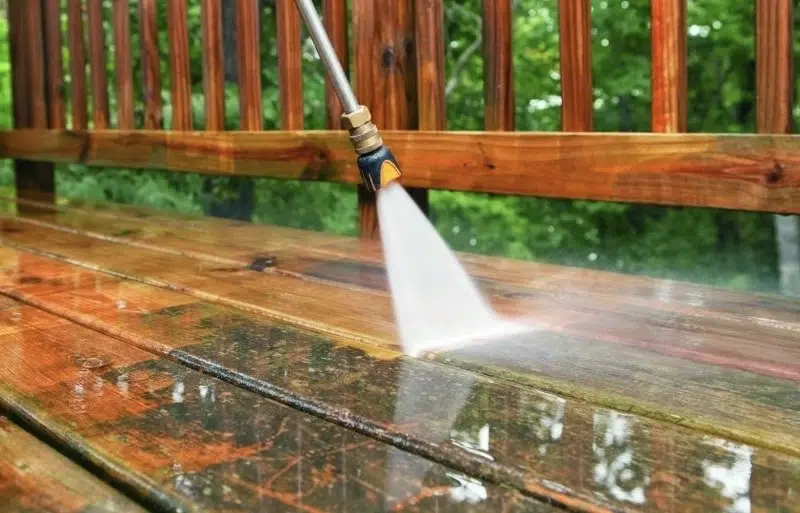
Make sure your pressure washing company uses the right nozzle before starting work, and low-pressure water. In most cases, a 15- or 25-degree nozzle will work fine.
Your pro will cover cars, exterior light fixtures, and plants before the work begins. The company you hire should use lightweight canvas drop cloths to cover plants and clingy plastic to cover doors, windows, and light fixtures.
The Difference Between Pressure Washer Soap And Detergent
Before we dive into the different types of soap and detergent, it’s essential to understand the difference between these two terms. Soap is a natural product made from fats and oils. Detergent, on the other hand, is a synthetic product made from chemicals.
When To Use Soap For Pressure Washing
Soap is a good choice for pressure washing surfaces that are not too dirty. It’s also a good choice for pressure washing delicate surfaces like painted walls or cars.
Soap is also the best option if your community has laws or regulations restricting the use of chemicals that can be hazardous if washed down the storm drains. Since soap is a natural product, it doesn’t pose the same risk to the environment as synthetic detergents.
When To Use Detergent For Pressure Washing
The chemical ingredients in detergents effectively cut through tough, caked-on dirt and grime. Detergent is the best choice for pressure-washing surfaces that are very dirty. These include surfaces where dirt and grime have accumulated for a long time.
You can also use detergent if you’re pressure washing something that is difficult to remove, like mold or mildew. Keep in mind that some detergents can be harsh on surfaces, so it’s crucial to choose one designed for pressure washing and read the label carefully.
Get An Estimate For Pressure Washing Near You
Ready To Make A Change?
Schedule a virtual estimate with the painters near you and get your personalized estimate today!
Soft Washing
What Does Soft Washing Do?
Pressure washing uses high pressures in the neighborhood of 1,500-3,000 PSI to scour surfaces and remove grime. Soft washing, in contrast, uses a low-pressure washer in combination with soaps, solutions, and other disinfectants to clean housing structures.
Soft washing originated in the late 1980s. It combines high water volume with low pressure, allowing us to push 15 to 20 gallons of water per minute at 300 to 500 PSI. Most residential water spigots use 10 gallons of water with around 60 PSI.
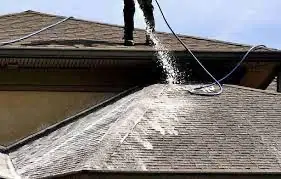
Soft washing works like washing a home with a garden hose that shoots 45 to 50 feet in the air.
How Does Soft Washing Work?
Instead of relying on high pressure to blast away dirt and grime, soft washing uses a combination of low-pressure power washing and cleaning solutions to clean surfaces. These solutions settle in the layers of dirt, eating them away from the inside. The cleaners then use low-pressure power washers to rinse the surface.
Pros Of Soft Washing:
- Effective. It combines gentle water with cleaning solutions, so it is very effective and yields long-lasting results.
- Gentle. It is much better for delicate structures or surfaces that high-pressure washing can harm. Soft wash roof cleaning is a common option as high-pressure cleaning can be bad for roofs.
- Easy to manage. High-power pressure washers are difficult to operate and can be dangerous if handled incorrectly. It uses low-pressure power washing, making it easier to control and presenting less risk of injury.
- Curbs harmful growth. High-pressure power washing may force water into the siding and soffit of your roof. Trapped water may then breed mold and algae growth.
Cons Of Soft Washing:
- May not remove certain stains. It is great for all kinds of grime, but there are some kinds of stains that only a powerful pressure washer can remove, such as embedded dirt.
- Slower cleaning. Because you are using cleaning chemicals, it may take longer to perform than pressure washing.
What Chemicals Are Used To Soft Wash A House?
Bleach-based cleaner is used on nearly all projects. However, some types of wash mixes neutralize the bleaching effect. While some formulas contain bleach, they won’t necessarily adversely affect plants, shrubs, or other surroundings.
Also, it is recommended to avoid using hot water during the soft washing process. Hot water can take a toll on a home’s siding and even melt it if the water reaches high enough temperatures. Cold water won’t damage vinyl or wood panel sidings and will remove the excess grime safely and efficiently.
However, hot water works great if you pressure wash concrete, stone, or other hard, horizontal surfaces. Just avoid using it on the home itself.
Soft washing uses several chemicals and solutions to clean surfaces:
- Bleach: Bleach is a powerful disinfectant that can kill most types of bacterial growth and mold.
- Surfactants: Surfactants reduce the surface tension of liquids so they can spread and penetrate grime on the surface.
- Neutralizers: Cleaners use neutralizers to prevent runoff from the cleaning chemicals harming plants and other materials. Neutralizers also create a protective coating, fortifying your walls and roof against further buildup.
- Odor removers: Lastly, soft washing solutions include odor removers.
Feel free to contact Vista Painters if you have any questions about the soft wash solutions we use.
The Difference Between Pressure Washing And Soft Washing
The main difference between pressure washing and soft washing is the pressures involved. Pressure washing uses high-pressure water streams to blast away dirt and grime. Soft washing systems use a low-pressure power washer and cleaning solutions to clean surfaces.
Both pressure washing and soft washing use similar equipment but to different effects. The main benefit of soft washing over pressure washing is that it is much less likely to damage your roofing tiles or siding.
Choosing The Right Soft Washing Service For You
Keep the following tips in mind when looking for a soft washing company:
- Get a guarantee. If you can, get a service guarantee in writing. That way, you will be covered for any defects or problems.
- Ask about insurance. All home contractors and cleaning companies should have insurance. If a company does not at least carry liability insurance, look elsewhere.
- Look at reviews. Reviews can give you a picture of a company’s services in a way official descriptions can’t. Look at reviews for info on the quality of services, professionalism of the crew, etc.
Homes stand up to daily wear and tear and the elements. Mold, mildew, moss, and rust can discolor the siding, reduce indoor air quality, and even cause moisture damage. While you might think you can use a high-pressure power washer to clean your home’s exterior, that isn’t exactly true.
Can Power And Soft Washing Be Used Together?
You can use power and soft washing services together. Pressure washing companies use soft washing techniques for fragile surfaces and high-pressure power washing to remove stubborn stains, rust stains, and graffiti.
Some surfaces, like softwoods and vinyl tiles, benefit from soft washing, while some stains on driveways or patios require pressure washing. Power washing companies may utilize both pressure washing techniques for your cleaning projects.
The following surfaces require high-pressure power-washing services:
- Brick
- Concrete
- Metal
- Hardwood
- Aluminum
Avoid using high-pressure power washers on painted surfaces, cars, windows, and softwood surfaces. Highly pressurized water may strip paint off surfaces, ruin the finish of wooden surfaces, and tear apart delicate siding. Also, avoid using hot water during pressure washing services to reduce costs and protect your home’s exterior.
Get An Estimate For Pressure Washing Near You
Ready To Make A Change?
Schedule a virtual estimate with the painters near you and get your personalized estimate today!
How Pressure Washing And Soft Washing Work
The constant flow of pressurized water and special nozzles to control water pressure easily remove dirt and debris from homes. Advanced cleaning solutions consisting of oxalic acid and ammonia loosen dirt buildup before pressure washers remove the remaining debris.
Pressure cleaning services typically start with the technician inspecting your property for signs of mold growth, damage, and mildew. Then, they start at your roof and clean the shingles, gutters, and siding. Ladders and safety harnesses protect pressure washing employees when working on roofs.
Most pressure-washing projects require only one day of work. Talk to your local pressure washing experts about areas of your home that would benefit from pressure and soft washing services. Regular pressure washing of your home’s exterior increases curb appeal, prevents pest infestations, and leaves your house cleaner than ever.
Scraping And Sanding
The preparation phase of the exterior painting is the most important stage. Scraping or sanding is the most common practice when preparing a house for paint. Scraping will remove the larger loose or raised areas and is completed before sanding. The sanding of any surface can be completed by hand sanding, or power sanding. Hand sanding is most commonly done when the peeling paint or stain is minimal, or the surface area is small with many angles or different levels. Areas such as gutters, fluted columns, columns, dental moldings, crown moldings, louvered vents are a few of the items that are commonly hand sanded.
Sandpaper Selection
The selection of which sandpaper grit to use is also very important. The grit of sandpaper is identified by a number, the lower the number the rougher the sandpaper, 36 grit is very rough and should be used on surfaces that have multiple layers of paint, 50 grit is the most common grit used on exteriors with minimal surface preparation. When using hand sandpaper, the technique of folding the paper is important. The paper should be folded in half from top to bottom and then separated in the middle, this giving you 2 halves of paper. The paper is then folded into thirds, this will allow the paper to be used on top, bottom and then the interior folded portion.

Hand Scraping
EPA guidelines require any painted surface older than 1978, be hand scraped only due to the lead paint laws and no sanding should be done. The term feathered edge is used to describe the edge of the old paint where it meets bare wood. The technique is to sand the painted edge to a tapered transition to the bare wood. A feathered edge will be smooth to the touch and have no jagged abrupt lines between the wood and old paint. Scraping alone, when done on older homes with lead, will give you an un-feathered edge leaving a defined jagged edge between the old paint left intact and the bare wood.
Power Sanding
Power sanding is a much more aggressive and faster way to prepare a surface for paint. There are many sanding machines available and each has their own pros and cons and should be researched before choosing which one to use. We suggest using a random orbital. This machine is more forgiving and will provide a very smooth surface with very little circular marks. A grinder or disc sander is used when the peeling paint or stain is severe and has multiple layers of paint. Grinders or disc sanders can damage the wood surface and leave very pronounced swirl marks if used by an apprentice or homeowner and are only suggested to be used by professionals. Surfaces most commonly prepared with a power sander are decking, clapboard siding, shingle siding, trim. When using a power sander, the grit should be tested to make sure that it will not damage the substrate. A feathered edge is much easier to accomplish by using a power sander.
Primer
Priming is completed to assure proper adhesion for your top coat. Primers are universal and both Latex and oil paints can be applied over any primer. Most paints require priming of bare wood at a minimum and would prefer a full prime coat. Oil primers or Under body primers are the safest to use on exterior surfaces as they have the ability to hold back Tanaan bleed that can come from exposed natural wood. Knots in wood require a shellac based product either clear or white to stop the knot from bleeding through the paint. Primers are not sufficient to hold back knot bleed. Rust requires a rust stop product and then a primer, rust will bleed through the primer coat only. Choosing the proper primer is also a very important step to assure that your finish coat has the best opportunity to last the longest period.
Finished Paint
Finishing paints have different products and sheens. First identify the surface that you are top coating, wood, cement, azek, shingles, clapboards, decking. After you have identified the surface, you will need to determine the paint brand that you would like to use, such as Sherwin Williams or Benjamin Moore.
We recommend for previously painted wood trim surfaces with either oil or latex to top coat with a 100% acrylic latex. Always choose the highest quality product from the manufacturer that you have chosen. The easiest part of any project is the finish coating, and to use a lesser quality paint can minimize the duration of the paint job.

Conclusion
We are available to answer any questions you might have about pressure washing soft washing, scraping, sanding in preparation for your next paint job!
Get An Estimate For Pressure Washing Near You
Ready To Make A Change?
Schedule a virtual estimate with the painters near you and get your personalized estimate today!

